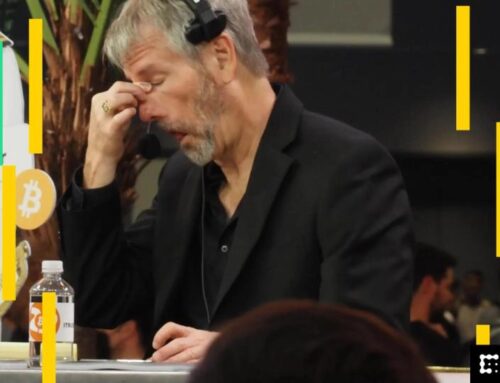World’s Biggest Polluters Are Least Affected by Environmental Damage and Conflict
May 17, 2025
The countries contributing most to global environmental damage are also the ones most shielded from its consequences, while nations least responsible face disproportionate threats from climate change and increased conflict risks, according to a new study published in Communications Earth & Environment.
This paradoxical relationship challenges conventional thinking about environmental sustainability and peace, revealing a troubling pattern of global inequality that primarily harms countries in the Global South. The findings suggest that as the climate crisis accelerates, the disconnect between those causing harm and those suffering from it continues to widen.
“Our study highlights the gap in current research evaluating the connection between ecological sustainability and peace,” said Richard (Drew) Marcantonio, assistant professor of environment, peace and global affairs at Notre Dame University’s Keough School of Global Affairs and co-author of the study. “This is crucial for designing evidence-based policies that address global inequalities and support human dignity.”
Inverting Conventional Wisdom
The research overturns previous assumptions that ecological sustainability and peace naturally go hand-in-hand. Instead, after analyzing data spanning from 2010 to 2022, researchers discovered that the relationship is actually inverse – countries with higher levels of peace typically have worse environmental records.
Using comprehensive measures that account for total ecological footprint and participation in conflicts beyond their borders, the study revealed that many wealthy nations scoring high on peace indices are simultaneously among the least sustainable environmentally.
How can this paradox exist? The answer lies partly in how sustainability and peace have traditionally been measured.
A Question of Measurement
Previous research relied on conventional metrics that tend to overestimate both sustainability and peace in wealthier countries. These measures often fail to account for the full environmental impact of consumption patterns and overlook how some peaceful nations might externalize conflict by participating in wars elsewhere.
The new study employed more holistic measures, including:
- Carbon dioxide emissions per capita
- Total ecological footprint (measuring biologically productive land and water used)
- Material footprint (tracking overall resource consumption)
- Vulnerability to environmental risks
When these comprehensive metrics were applied, a troubling pattern emerged: countries with the lowest emissions and resource consumption were typically more vulnerable to climate risks and experienced higher rates of internal conflict.
The Environment-Conflict Connection
The link between environmental risks and conflict is well established, according to Marcantonio. “Conflict often leads to environmental deterioration and depletes resources; and environmental risks like climate change or resource scarcity can trigger or worsen conflicts by displacing people or creating competition over limited resources,” he explained.
The study found that internal conflicts occur more frequently in nations with lower ecological footprints and carbon emissions – often the same countries suffering most from climate-related hazards despite contributing minimally to the problem.
Conversely, countries with higher consumption rates and emissions are more likely to participate in conflicts beyond their borders, while experiencing relative peace domestically.
A Path Forward?
Despite these concerning findings, the researchers emphasize that the inverse relationship between peace and sustainability isn’t inevitable. Countries can theoretically achieve both environmental sustainability and peace.
“In evaluating where peace is most prevalent, our results reaffirm the need to ask and answer the question of how to achieve a good life for all within planetary boundaries — or, in this case, comprehensively sustainable peace for all,” Marcantonio said. “And, although our results suggest that ecological sustainability and peace are not positively correlated, this relationship is not a necessary one. Ecologically sustainable peace is possible.”
The research, conducted with Sean Field, an assistant professor at the University of Wyoming, points to the need for rethinking global approaches to both environmental policy and conflict resolution. It suggests that addressing climate justice must be central to these efforts.
Implications for Future Research and Policy
The findings indicate several important directions for future work, according to the researchers.
“Future research should focus on how comprehensively sustainable peace can be attained and sustained for all to enjoy without potentially externalizing conflict risks,” Marcantonio said. “As rates of conflict and environmental risk continue to rise globally, exploring and determining how to effectively address this paradox is essential.”
As climate change accelerates and resources become scarcer in vulnerable regions, understanding these connections becomes increasingly urgent. The study underscores that environmental policy cannot be separated from questions of peace, security, and global equality.
The research was funded by the Kroc Institute for International Peace Studies, part of Notre Dame’s Keough School of Global Affairs, where Marcantonio is also affiliated with the University’s Environmental Change Initiative.
If our reporting has informed or inspired you, please consider making a donation. Every contribution, no matter the size, empowers us to continue delivering accurate, engaging, and trustworthy science and medical news. Independent journalism requires time, effort, and resources—your support ensures we can keep uncovering the stories that matter most to you.
Join us in making knowledge accessible and impactful. Thank you for standing with us!
Search
RECENT PRESS RELEASES
Related Post




